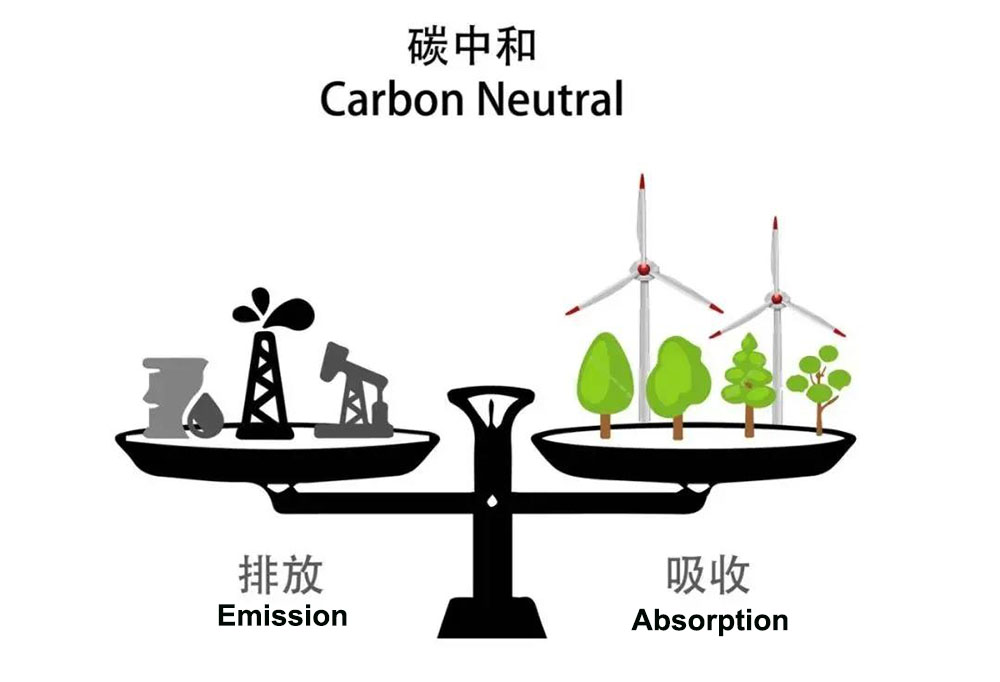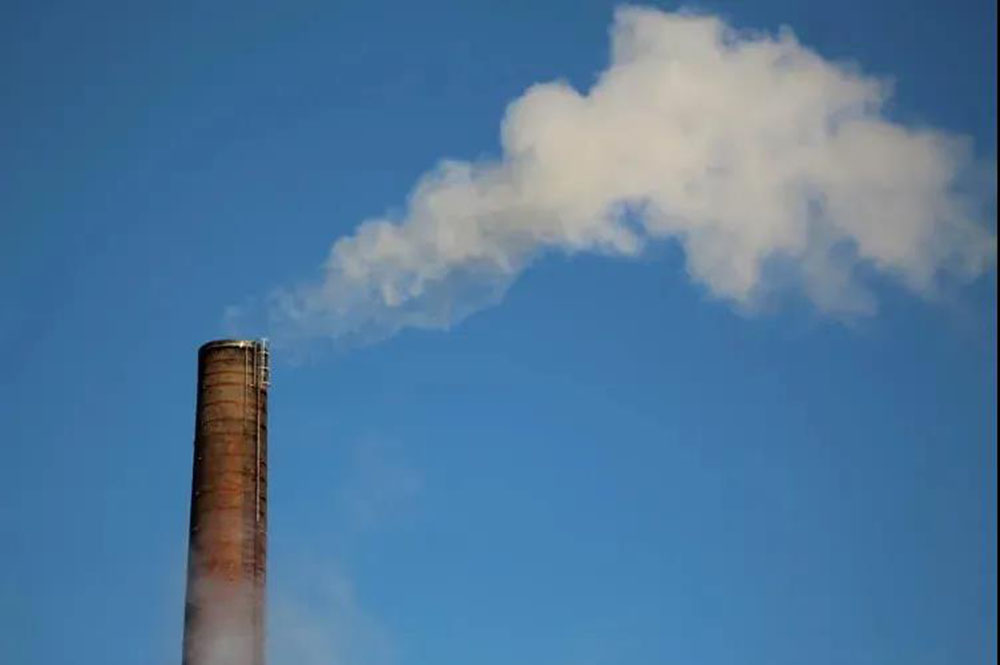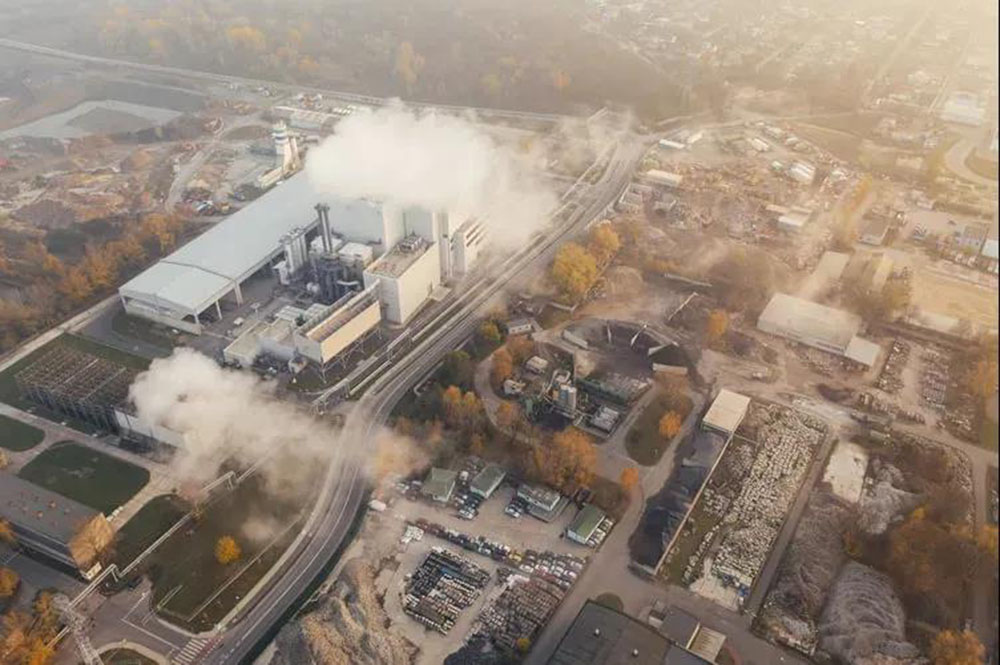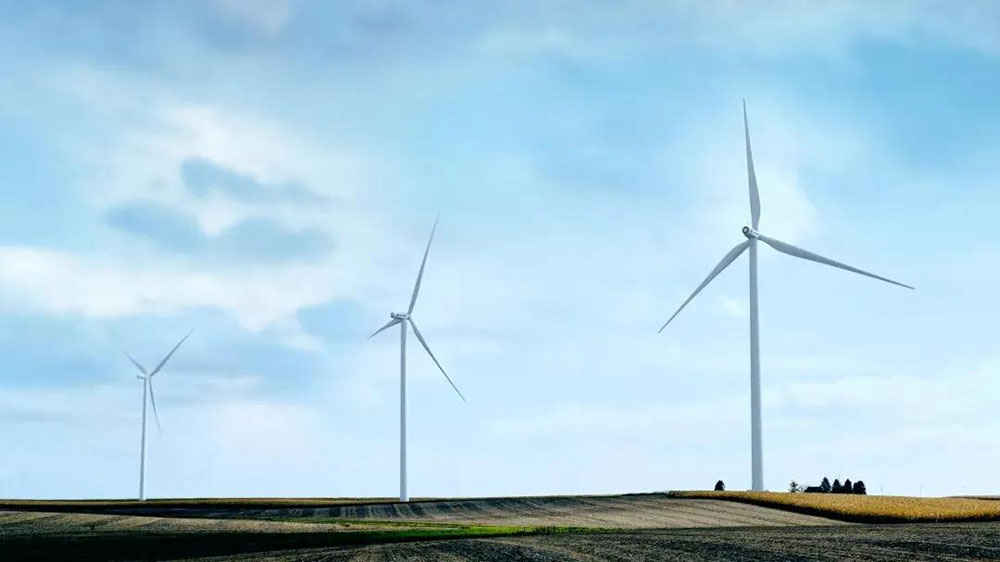Hot spot sharing-To achieve "carbon peak and carbon neutrality", we must avoid misunderstandings
Aug 19, 2021
The “3060 target” of carbon peak and carbon neutrality has aroused great repercussions after it was put forward. This is an active choice made by China when facing future challenges, which means that China’s economy will grow in the future and develop in the future. There will be some huge changes and some brand new changes on the path.
Achieving carbon neutrality itself has strong strategic significance. On the one hand, it is the transformation of economic growth mode. On the other hand, it also means that we can communicate with the world on a wider range of topics. This is also our participation in building a community with a shared future for mankind. A concrete move.

The Chinese government proposed that carbon peaks in 2030 and carbon neutrality in 2060 will be less than half a year later. "Carbon neutrality" has become a key word that Chinese companies must mention.
The fastest response is undoubtedly the central enterprises. State Power Investment, Baowu Steel, Datang, and Huadian have expressed their efforts to achieve carbon peaks in advance.
Financial companies closely behind. In public speeches in the past few months, Industrial and Commercial Bank of China, China Construction Bank, Industrial Bank, Central Bank, and Agricultural Bank have announced that they will underwrite the first batch of "carbon neutral bonds."
At the same time, Internet giants have also joined the carbon neutrality race. Tencent announced the launch of its carbon neutral target plan on January 12 this year. On March 12, Ant Group locked in to achieve its net zero emission target by 2030.
From traditional high-carbon industries such as energy and steel to emerging technology industries with sharp increase in energy consumption and increasing carbon emissions, new companies have joined the "carbon neutral" team. This is to ensure that China achieves the "double carbon goal" The key force.
In addition, there has been a lot of discussion after the goal of carbon peaking and carbon neutrality "3060 target" was put forward. Everyone generally feels that the pressure is great, the task is heavy, and the time is short. At the peak time, what level will our carbon emissions be at? The prevailing view now is that China’s net carbon dioxide emissions should exceed 10 billion tons when the carbon peaks, and the more common figure should be 10.8 billion tons or 11 billion tons.

It’s only 30 years for us from peaking carbon to carbon neutrality, and it’s only 30 years from 11 billion tons or 10.8 billion tons to zero. This is only 30 years, while EU countries peaked in carbon in the last century. It has been more than 70 years, and the United States has more than 45 years. Under this situation, the task is indeed too arduous, which means that all-round changes in the industrial structure and the growth mode of the energy structure are required.
However, in addition to praising companies for their quick response, we also see that companies currently generally lack scientific understanding of carbon neutrality and the speculative mentality of "public relations drafts first". By analyzing the current public discussion of "carbon neutrality" by various companies, Chinese companies currently have widespread misunderstandings and need to be treated with caution.
In this regard, some scholars have pointed out the general problems and misunderstandings of the public regarding the definition and governance of carbon neutrality.
1. The public is not clear about the concept of carbon neutrality and its distinction from climate neutrality and net zero emissions.
On May 8, Pan Jiahua, a member of the National Committee of Experts on Climate Change and a member of the Chinese Academy of Social Sciences, pointed out that the understanding of carbon neutrality from all walks of life is biased, and the concept of carbon neutrality still has many misunderstandings that need to be clarified.
Gu Baihe, an associate researcher at the Academy of Science and Technology Strategy Consulting of the Chinese Academy of Sciences, explained: “Climate neutrality refers to a state in which human activities have no net impact on the climate system. There is a balance between geophysical effects; carbon neutral refers to the balance between carbon dioxide emissions caused by human activities and anthropogenic carbon dioxide absorption within a certain period; net zero emissions refers to greenhouse gas emissions caused by human activities and anthropogenic emissions absorption Achieve balance within a certain period of time."

2. Some companies fall into governance misunderstandings in order to achieve the goal of carbon neutrality.
Guangming.com published an article pointed out the five major misunderstandings of the public about carbon neutrality: First, some companies are talking about concepts without specific goals and time. The article pointed out that the "public relations draft first" of enterprises is more of a statement, but the speed of action cannot keep up with the speed of publicity. In particular, as early as January this year, a certain company announced the launch of a carbon neutral plan in response to China's carbon neutrality goal, but months have passed, and there is still no timeline for it to propose a clear carbon neutrality goal.
The second is that there is only a general goal and no clear carbon emission scope. Due to the different types of businesses, their carbon emissions in each category are also different. Generally speaking, the energy industry focuses on Scope 1 carbon emissions (fuel combustion), while the Internet technology industry focuses on Scope 2 carbon emissions (outsourced electricity for data centers). Therefore, companies need to clarify which of the above carbon emission categories to achieve carbon neutrality, or the full range. However, only a few companies have clearly defined their carbon neutral goals.
The third is excessive reliance on carbon offsetting methods such as tree planting and afforestation. It is pointed out that nature-based solutions should not be a means for companies to evade direct emission reduction responsibilities. Increasing the proportion of renewable energy utilization and getting rid of the dependence on fossil energy is the top priority of the company's carbon neutrality.
The fourth is to avoid the most important issues and do not talk about core emission reductions. Responsible carbon neutrality requires companies to face the most carbon-emitting business and directly reduce emissions. Instead of choosing carbon compensation for "greenwashing".
Fifth, it is mistaken that carbon neutrality is the end point. In fact, looking at the world, there are already many companies' climate actions that go beyond carbon neutrality, but further achieve negative carbon emissions. In the face of ever-increasing climate warming, carbon neutrality is far from the end. Only if companies reduce emissions more or even achieve negative emissions, we will be able to achieve the climate goal of not exceeding 1.5 degrees in global temperature rise.

3. The main direction of carbon neutrality is unclear in some areas.
Pan Jiahua, a member of the National Climate Change Expert Committee and a member of the Chinese Academy of Social Sciences, pointed out that coal currently accounts for 75%-80% of carbon emissions. If coal is completely removed in 2050, it can basically reduce carbon by about 80%. emission. In addition, petroleum accounts for 15% of carbon emissions, and natural gas accounts for 5%. Even if natural gas does not return to zero, it will still be compressed by 90%. With 10.5 billion tons of carbon dioxide emissions, there should be no problem in achieving carbon neutrality by 2060.
However, the current carbon-neutral "carbon" mainly refers to the carbon dioxide emitted by the burning of fossil energy. Although other carbons are also important, they are not the main direction at this stage and cannot be overwhelming. Regarding the total amount control in the energy transition, he proposed that fossil energy is polluting and non-renewable, so it needs to be controlled, but the more renewable energy should be better.
Regardless, the “3060 target” of carbon peaking and carbon neutrality is a task that China’s economic transformation must complete. China’s energy structure reform is a rare opportunity: replacing fossil energy that accounts for more than 80% of total carbon emissions with zero-carbon clean For renewable energy, not only must the concept of “resources for development” be revised, but also economy and predictability will be fully considered in the formulation of energy industry policies, which will bring about a huge change in the form of energy services.